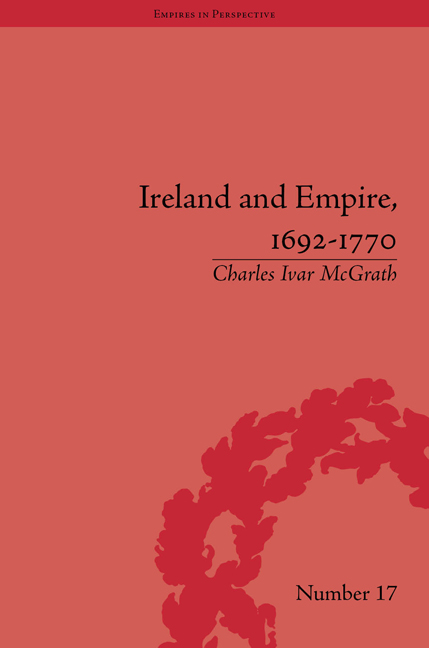4 - Barracks for a Standing Army
from Part 2 - Manpower
Summary
In the last years of the seventeenth and first years of the eighteenth century a countrywide network of permanent residential army barracks were built in Ireland. Their purpose was to house the single largest part of Britain's peacetime standing army. Such an undertaking was unique within the British Isles, and represented the development of a military innovation that was still in its infancy in European terms. Even the word ‘barracks’ was ‘still an unfamiliar term in this period’ and originated from the small temporary huts known as barraques (French) or barracas (Spanish) which soldiers constructed from wood and other materials gathered from the area surrounding their encampments. Only Spain and, to a greater extent, France had engaged at any level with the idea, France developing as extensive a countrywide network in the eighteenth century as that seen in Ireland. The scale of the French project was necessarily much larger, providing barracks in over 300 towns by 1742 and capacity for 200,000 soldiers by 1772.
In Ireland accommodation was required for around 12,000 soldiers in normal peacetime circumstances. From an imperial perspective the importance of the barrack system was that it provided a home for a substantial part of the standing army, a first port of call for soldiers for service overseas, and a model for the introduction of this military innovation throughout the empire. The barracks that were to be built in Ireland in the late seventeenth and early eighteenth century also differed from the much smaller number built in the Scottish highlands in the first half of the eighteenth century, which were fortified structures placed at strategic points for pacification purposes, or those in England which, on the rare occasions such structures were built, were situated on the coast. The Irish barracks were to be, for the greater part, residential buildings. Therefore many more could be built at a lesser cost with a greater spread throughout both rural and urban locations.
- Type
- Chapter
- Information
- Ireland and Empire, 1692–1770 , pp. 69 - 106Publisher: Pickering & ChattoFirst published in: 2014



